Aviary Housing Vs Battery Cage System
In poultry farming, there are various types of chicken-raising methods such as battery cage systems, cage-free aviary housing, slatted floor systems, free-range chicken farming, etc. At present, battery cage systems still dominate the market although the tendency is toward aviary housing and free-range systems. In Europe, especially the Nordic countries, cage-free systems including aviary housing and slatted floor systems become the main method of chicken farming. In this article, we will compare the most prevalent battery cage system and the new uprising cage-free aviary housing system. Farmers can have a better understanding and decide which one is preferred in their practice.
Battery cage system
.jpg)
What is a battery cage system?
A battery cage system keeps chickens in cages which are installed in multiple decks vertically. Each deck of the system may have one to several single units. It is widely used in intensive commercial layer chicken raising systems, especially the ones with large scale. The prominent feature of the battery cage is the high utilization rate of space and high productivity. Most battery cage systems are facilitated with feeding, watering, egg collecting, and manure removal systems.
History of battery cage system
Battery cages originated around the 1960s when industrial farming began. Laying hens were raised in cages, which were highly mechanized and had a low mortality rate. This breeding model continued in Europe until the late 1980s. In this intensive cage farming, laying hens are always in small and crowded cages. To avoid the problem of epidemics in intensive farming, producers add antibiotics and other drugs to feed and drink water. This "inhumane" farming method has triggered protests from European animal welfare activists.
Features of battery cage system
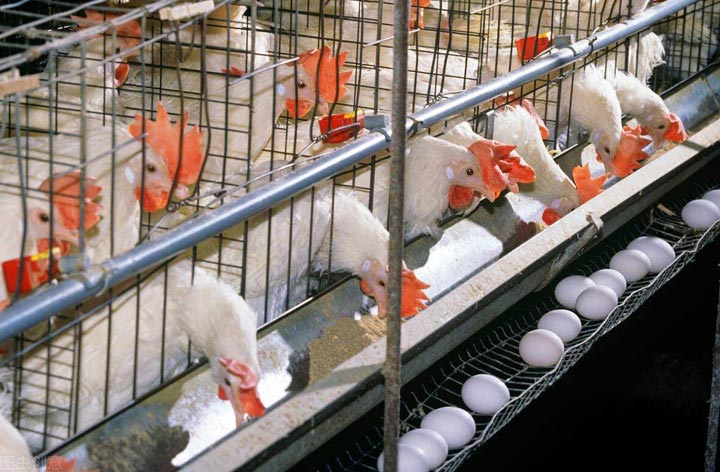
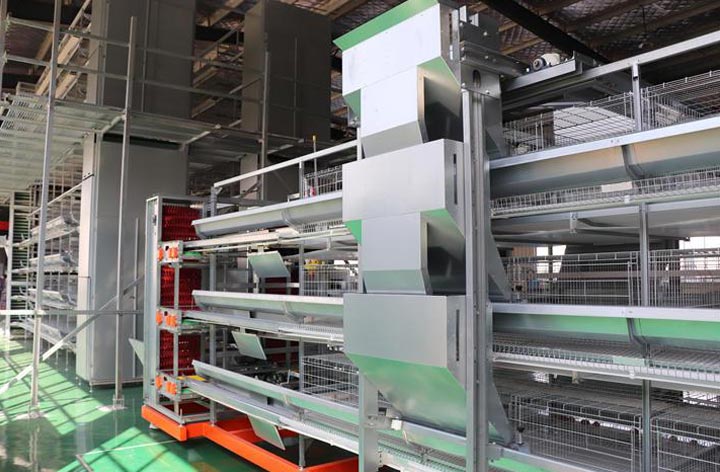
Design and layout
Multi-layer stacked: Battery cages are designed with multiple layers, normally 3 to 8 tiers. Each tier is equipped with watering and breeding facilities. Manure drop to the manure removal belt through the gap between tiers.
Size of the cage: The conventional chicken cage is very small and only provides each chicken with a limited moving area.
Advantages
Maximum use of space: The battery cage system can accommodate large numbers of chickens in limited spaces, which is suitable for large-scale commercial chicken farms.
High productivity: It is much easier to manage the farm in many aspects including feeding, egg collecting, manure cleaning, etc. The productivity is improved and the labor cost is saved.
Sanitary condition: The spread of parasites and diseases is reduced by controlling the environment and reducing the chickens' exposure to the ground.
Disadvantages
Animal welfare issues: Traditional battery cages limit the natural behavior of chickens such as perching, nesting, dust bathing, foraging, and social interaction.
Health problems: While reducing the risk of parasitic infections, the small spaces and high density of housing increase the risk of stress and bone diseases such as osteoporosis and sternal fractures.
Aviary housing system
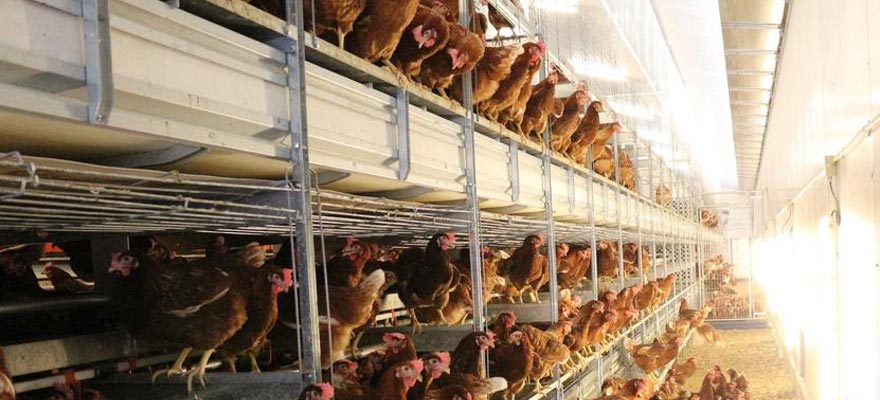
What is an aviary housing system?
Aviary housing or aviary systems provide multi-level cage frames without doors which allow chickens to walk freely between the shelves. Compared to indoor flat housing, the outdoor free range system utilizes the space most and can raise more chickens on the same floor areas. The distinctive feature of the aviary system is that chickens can fully express natural behaviors. It is supported by animal welfare organizations and regulations in Europe.
Background of the origin of aviary housing
The aviary housing system is a transition product from the cage system to the free-range system. It is still in its early stages of development, but some large international chain food companies have begun to pay attention to food health issues and have begun to get involved in the free-range welfare system.
Features of Aviary Housing System
.jpg)
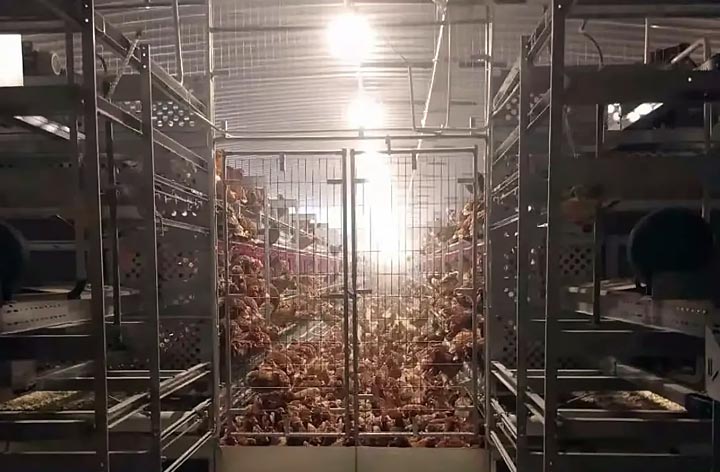
Design and layout
Multi-tiers: The three-dimensional breeding system usually consists of multiple horizontal platforms, and the chickens can move freely between different levels. Each layer is equipped with perches, sand bathing areas, drinking water, and feeding equipment.
Space utilization: Although it is a multi-layer design, the available space for each chicken is larger. Compared with traditional cages, chickens have more space to move around and can spread their wings, fly, roost, and forage.
Advantages
Improved animal welfare: Vertical farming systems allow chickens to exhibit more natural behaviors, such as flapping their wings, jumping, flying, and dust bathing. These behaviors are essential for the physical and mental health of the chickens.
Reduced stress: Since the chickens can freely choose their activity areas and behaviors, this model generally reduces the stress level of the birds.
Enhanced bone health: Compared with traditional cages, vertical farming models help improve the bone strength of chickens and reduce the occurrence of diseases such as osteoporosis.
Disadvantages
Higher management difficulty: The vertical farming system requires a higher level of management. Since the chickens can move freely, the breeder needs to monitor the health of the flock more carefully to prevent problems such as stacking and uneven egg production.
Higher investment cost: Compared with the traditional cage system, the initial investment of the vertical farming system is higher, especially in terms of construction and equipment.
The development tendency of aviary housing and battery cage
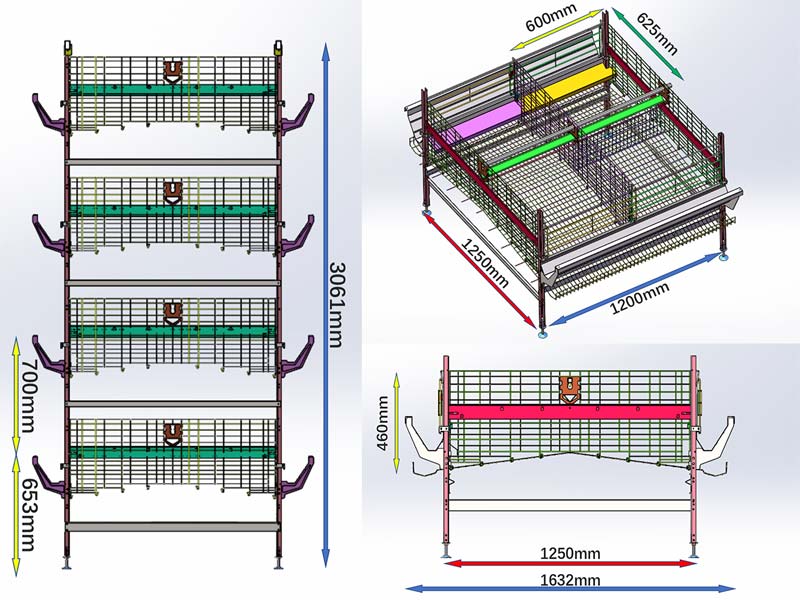
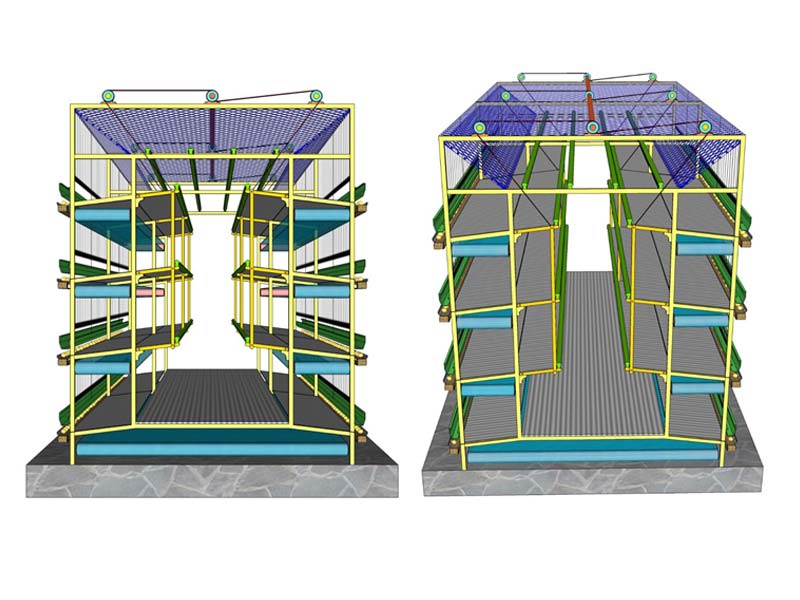
Regulations and practices about conventional stacked chicken cages have undergone substantial global change. Specifically, nations and areas have started to restructure laying hen production methods due to concerns about animal welfare. These changes are meant to encourage more humane and ecological agricultural methods while lessening the issues with animal welfare in conventional cage systems.
As consumers pay more attention to animal welfare, many countries (such as EU countries and some states in the United States) have or are phasing out traditional cage systems and turning to farming models that are more in line with animal welfare requirements, such as cage-free, free-range and slatted floor. Although cage systems still dominate the egg-laying chicken farming market in some regions, they are facing increasing pressure and may be gradually replaced by farming models that are more in line with animal welfare standards in the future.
Besides, consumer and market demand is promoting the revolution from battery cages to free-cage systems. Consumers in developed countries are more willing to pay a premium for cage-free eggs. Many global retailers and food chains have made public commitments to purchase cage-free systems in the next few years. This has a great impact on the supply chain of related poultry farm equipment.
Of course, the globalization of battery cages to cage-free systems still takes time to realize. Take developing countries, for example, reforming equipment and change-raising methods means great challenges and cost raising. In the future, more and more countries will follow the steps of Europe and the United States in progressively introducing stricter animal welfare regulations. However, the implementation and enforcement of regulations may vary depending on the level of economic development, market demand, and technological capabilities of different countries.
In summary, there is a growing strain on traditional battery chicken cages used across the world. More nations are switching to better or cage-free agricultural practices as a result of tighter laws about animal welfare and shifting customer tastes. It is anticipated that in the future, this trend will further influence developments in the egg chicken production sector.

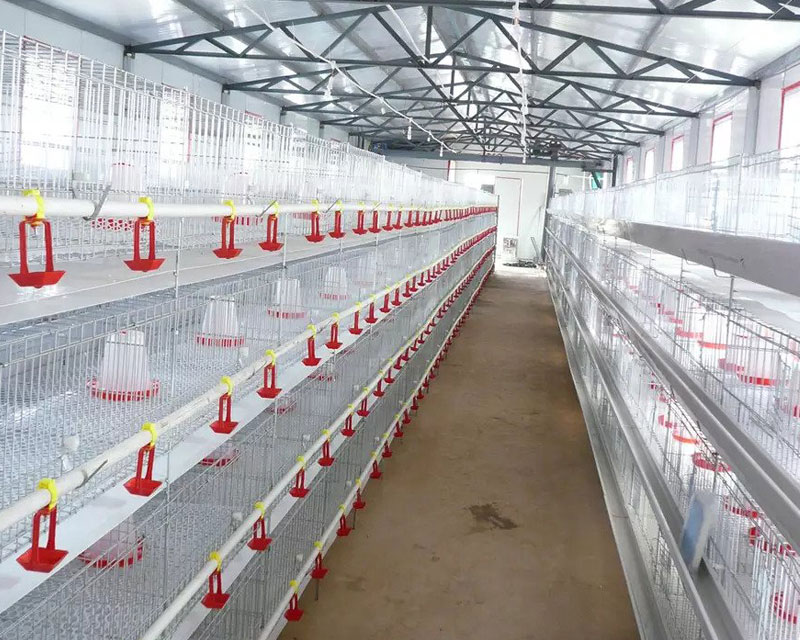 4 Tier H Type Broiler Cage Project In South Africa
4 Tier H Type Broiler Cage Project In South Africa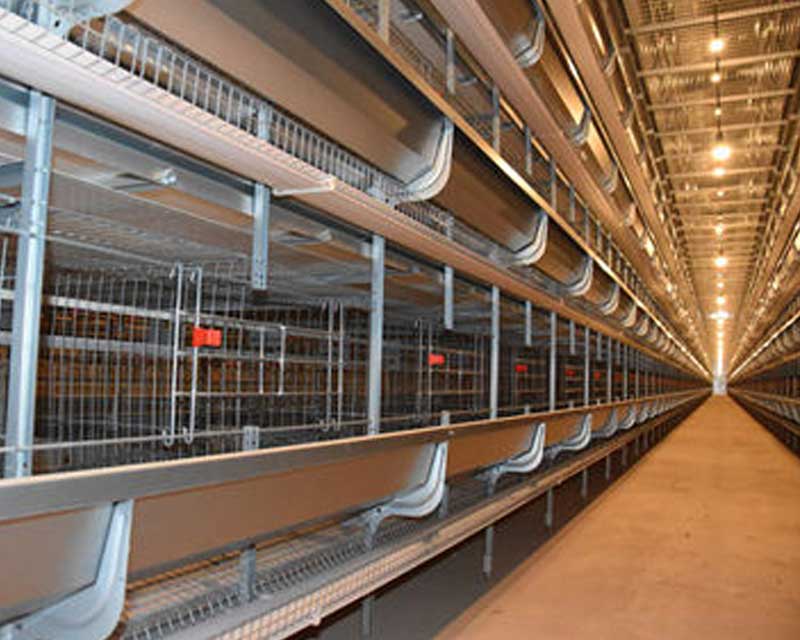 Layer Cage Project In Cuba
Layer Cage Project In Cuba H Type Layer Cage Project In Southeast Asia
H Type Layer Cage Project In Southeast Asia A Type Layer Cage Installed In West Africa
A Type Layer Cage Installed In West Africa Nigeria H Type Layer Cage Project
Nigeria H Type Layer Cage Project H Type Layer Cage Installed In Togo
H Type Layer Cage Installed In Togo